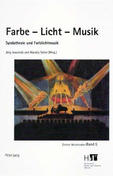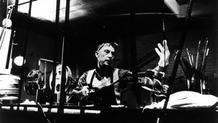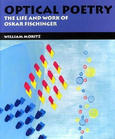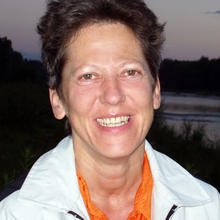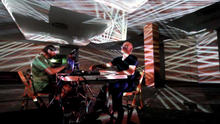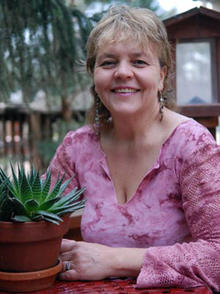Mary Elizabeth Hallock Greenewalt
(1871-1950) was an inventor and pianist who performed with the Philadelphia and Pittsburgh symphonies as a soloist. She is best known for her invention of a type of color music she called Nourathar.
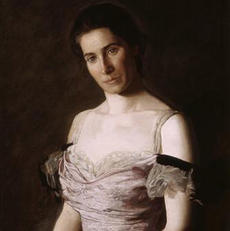
Mary Elizabeth Hallock's arrival in Philadelphia in 1882 at the age of eleven set into motion a forty-year career as a musician, inventor, lecturer, writer and political activist. Born in Beirut, September 8, 1871 to Sara (Tabet) Hallock, descendant of an aristocratic Syrian family, and Samuel Hallock, a U.S. consul, she was educated in Beirut and Philadelphia. A gifted musician, Hallock graduated from Philadelphia's Musical Academy in 1893, and in 1897 studied piano in Vienna with Theodore Leschetizky.
In 1898 in Johnstown, New York, Hallock married Dr. Frank L. Greenewalt, thirty-two years old and a physician-in-chief at Girard College. The Greenewalts had one son, Crawford, born in 1902. Greenewalt, a pianist noted for her interpretation of Chopin, began in the early 1900s to investigate how gradated colored lighting might enhance the emotional expression of music.
By 1920 Greenewalt had obtained the first of many patents covering a color organ designed to project a sequence of colored lighting arranged for specific musical programs.
In combining light and color as a single performance Greenewalt believed she had created a new, fine art which she named Nourathar, or essence of light. Although awarded eleven patents, Greenewalt spent a number of years pursuing patent infringements, finding recourse in the courts in 1932 with a judgment in her favor. Greenewalt's professional activities also included lecturing on music and serving as a delegate to the National Women's Party, which was instrumental in winning women's suffrage.
After retiring from the concert and lecture stage, Greenewalt published Nourathar: The Fine Art of Light-Color Playing in 1946. She died on November 26, 1950, in Wilmington, Delaware.
(Collection 867, Mary Elizabeth Hallock Greenewalt Papers, 1769-1950, 35 boxes, 29 vols., 18.2 lin. feet)
Source: The Historical Society of Pennsylvania
Mary Hallock Greenewalt had studied piano with the illustrious Theodore Leschetizky and had a concert career, including recordings of Chopin for Columbia Records. Her desire to control the ambience in a concert hall for sensitive music like Chopin's led her to experiment with light modulation. She invented the rheostat in order to make smooth fade-ups and fade-outs of light, and the liquid-mercury switch, both of which have become standard electric tools. When other people (including Thomas Wilfred) began infringing on her patents by using adaptations of the rheostat and mercury switch, she tried to sue, but a judge ruled that these electric mechanisms were too complex to have been invented by a woman, and denied her case. She continued to perform on her color-organ, the Sarabet, for which she created a special notation that recorded the intensity and deployment of various colors during any given musical composition.
("The Dream of Color Music, And Machines That Made it Possible" by William Moritz, Animation World Magazine, Issue 2.1, April 1997)
Source: Center for Visual Music
